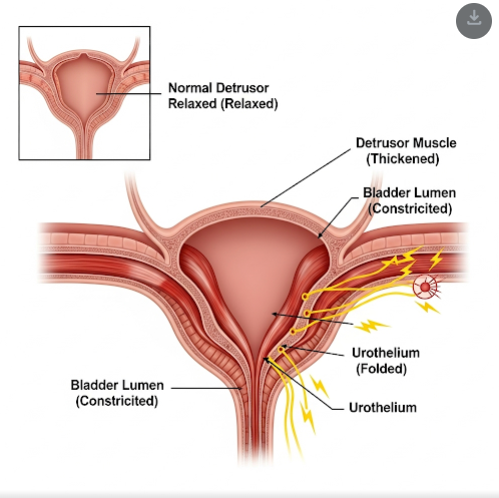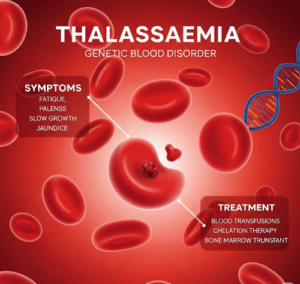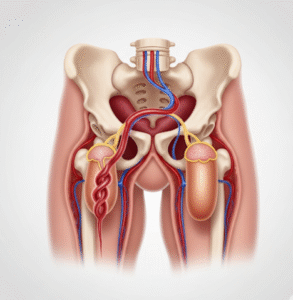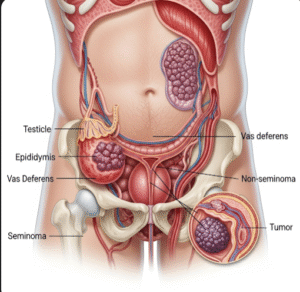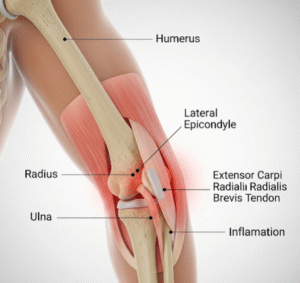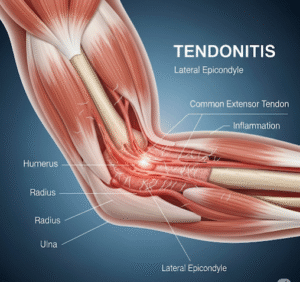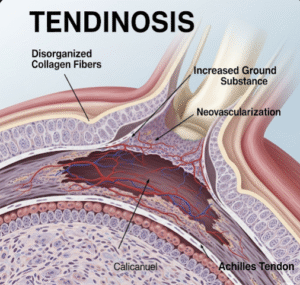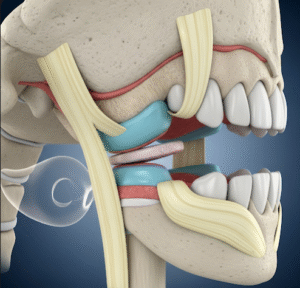Overview
Overactive bladder (OAB) is a common urinary condition characterized by a sudden, uncontrollable urge to urinate, often leading to frequent urination and, sometimes, urinary incontinence. It can significantly affect quality of life and daily activities. In Korea, urology specialists offer a range of diagnostic and treatment options to help manage and improve symptoms of overactive bladder.
What is Overactive Bladder?
Overactive bladder is a syndrome marked by symptoms of urinary urgency with or without urge incontinence, usually accompanied by increased daytime frequency and nocturia (nighttime urination). It results from involuntary contractions of the bladder muscle (detrusor muscle) and can occur without any underlying infection or obvious pathology.
Symptoms
Common symptoms of overactive bladder include:
- Sudden, intense urge to urinate
- Frequent urination (more than 8 times during waking hours)
- Nocturia (waking at night to urinate)
- Urge incontinence (involuntary leakage of urine following urgency)
- Disruption of daily activities and sleep
Causes
Overactive bladder can be caused by various factors affecting bladder nerve signals or muscle function, such as:
- Neurological disorders (e.g., Parkinson’s disease, stroke)
- Bladder inflammation or irritation
- Bladder outlet obstruction
- Aging-related changes in bladder function
- Unknown idiopathic causes
Risk Factors
Risk factors for developing OAB include:
- Advanced age
- Female gender
- Obesity
- Diabetes mellitus
- History of urinary tract infections or bladder surgeries
Complications
If untreated, overactive bladder can lead to:
- Urinary tract infections from incomplete bladder emptying
- Skin irritation from frequent leakage
- Emotional distress, anxiety, and social withdrawal
- Sleep disturbances leading to fatigue
Prevention
Preventive strategies include:
- Maintaining a healthy weight
- Avoiding bladder irritants like caffeine and alcohol
- Practicing bladder training and pelvic floor exercises
- Managing chronic conditions such as diabetes
Treatment Options in Korea
Treatment for overactive bladder in Korea includes:
- Behavioral therapies: Bladder training, scheduled voiding, and pelvic floor muscle exercises
- Medications: Anticholinergics and beta-3 agonists to relax bladder muscles and reduce urgency
- Minimally invasive procedures: Botox injections into the bladder muscle or nerve stimulation therapies for refractory cases
- Lifestyle modifications: Dietary changes and fluid management
- Multidisciplinary care: Urologists, physiotherapists, and continence nurses collaborate to provide comprehensive management
Korean urology centers use cutting-edge diagnostic techniques such as urodynamic testing and advanced imaging to tailor personalized treatment plans and improve patient quality of life.

